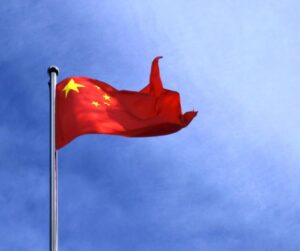08 May 2025
- RSIS
- Publication
- RSIS Publications
- China’s New Sanctions Policy: Characteristics, Rationales and Policy Implications
Executive summary
Since 2019, China has introduced a series of domestic regulations and laws that have made its sanctions against foreign countries more visible and formal. This report examines the key features of and rationales behind China’s new sanctions practices based on 46 formal cases from 2019 to 2024. The findings reveal that China’s formal sanctions primarily target the United States and its allies, especially when foreign actions challenge China’s core interests in Xinjiang, Hong Kong and Taiwan. However, these sanctions are targeted in nature, often justified on multiple grounds and primarily directed at specific individuals and entities. This targeted approach enables Beijing to achieve multiple goals: reaffirming China’s political red lines, signalling the resolve to safeguard its sovereignty and national interests and avoiding economic fallout. It reflects Beijing’s deliberate balancing act in navigating the ongoing great power competition. Recently, two subtle shifts have emerged: moving from symbolism to substance and the gradual geographic expansion of targets. The new explicit counter-sanctions regime, along with the old-style informal sanctions practices, is expected to become an increasingly important tool in China’s foreign policy. Understanding China’s sanctions policy will help policymakers anticipate China’s behaviour, craft appropriate responses, manage bilateral tensions and avoid conflict escalation.

Executive summary
Since 2019, China has introduced a series of domestic regulations and laws that have made its sanctions against foreign countries more visible and formal. This report examines the key features of and rationales behind China’s new sanctions practices based on 46 formal cases from 2019 to 2024. The findings reveal that China’s formal sanctions primarily target the United States and its allies, especially when foreign actions challenge China’s core interests in Xinjiang, Hong Kong and Taiwan. However, these sanctions are targeted in nature, often justified on multiple grounds and primarily directed at specific individuals and entities. This targeted approach enables Beijing to achieve multiple goals: reaffirming China’s political red lines, signalling the resolve to safeguard its sovereignty and national interests and avoiding economic fallout. It reflects Beijing’s deliberate balancing act in navigating the ongoing great power competition. Recently, two subtle shifts have emerged: moving from symbolism to substance and the gradual geographic expansion of targets. The new explicit counter-sanctions regime, along with the old-style informal sanctions practices, is expected to become an increasingly important tool in China’s foreign policy. Understanding China’s sanctions policy will help policymakers anticipate China’s behaviour, craft appropriate responses, manage bilateral tensions and avoid conflict escalation.






